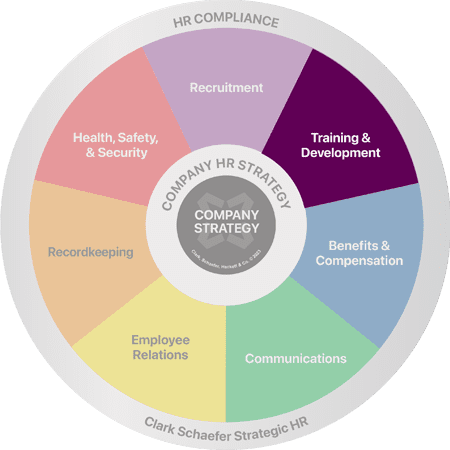What’s the difference between “Training” and “Development”?
Question:
What’s the vast difference between “Training” and “Development”?
Answer:
Asked at a recent HR Roundtable in Cincinnati, Ohio, Susan Otto, owner of Training-Modules.com, LLC, provided some insight via a small group discussion. Here are the results of the overall discussion as captured that day by facilitator Steve Browne:
Training Development
Short-term focus/Task Oriented Long-term focus/Skills oriented
Group based (more often than not) Individually based
Focuses on the “today” needs Leads to the “tomorrow” results
Compliance area strength Opportunities to develop strategic approach
Other items that my small group noted were:
Information versus values Targeted to the individual; growth after training
5% 95%
Means End
Knowledge Expansion
For today For tomorrow
Short-term Long-term
Task-oriented Skill-oriented
Piece of development Holistic
- Training is the means to a development end. It’s important to remember that not all training leads to development, but it could and you should see if this is how to look at things in developing that “vision” mentioned before.
- We need to look at training and development together versus pulling them apart. There are facets of both training efforts and development efforts that have value. With a strong, constructed strategy and vision, incorporating these two things is actually very natural.
Training and development are a partnership; they’re a process, not an event. They are both value driven.
To learn more about the HR Roundtable, contact Steve Browne at sbrowne@larosas.com.
Is training your employees a goal for 2013? Get your Training and Development program off to the right start by asking Strategic HR to help. We have the expertise to conduct a Needs Assessment and/or to recommend training options for your staff. Visit our Training & Development page to learn how we can help you implement a successful training session.


